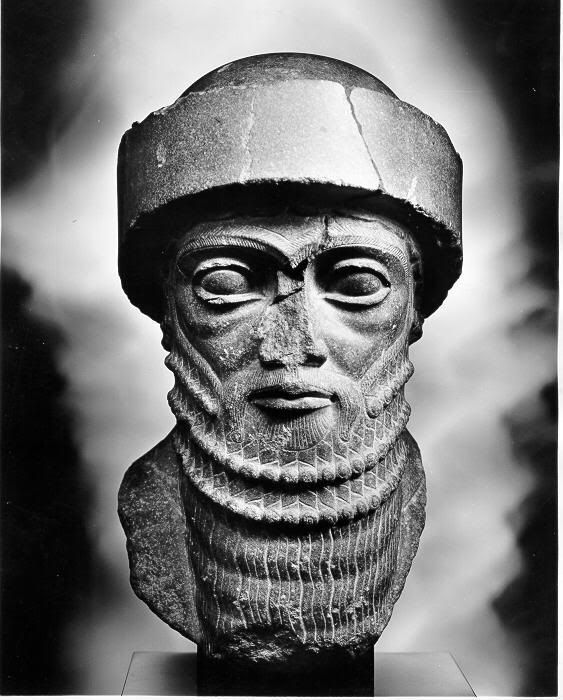First Draft, Then Edit (Pt. 1)
Some of you reading this blog, even those of you who are familiar with computers, may be wondering how exactly this CAD software (in this case AutoCAD) works. I thought that today I might start to give you a rough idea of how it lets people design things, and the sorts of things that you can design. (This is part 1 of what will probably be a tripartite discussion. I love the word "tripartite", by the way.)
The first thing that you need to know is that CAD software began as a way to help draftspeople revise and present their drawings more quickly, and not necessarily to help you create them more quickly. It's gotten better as the software has improved and computers have become more powerful, but even now it's faster for someone with the appropriate skill to create an initial drawing by hand than by computer. The computer advantage comes during the revision process, in much the same way that word processors enable you to edit and reformat your text much more easily than you can on a typewriter or with a handwritten manuscript.
But as much as CAD (which stands for Computer-Aided Design) revolutionized the design process, drafting was a very old and established profession and the software needed to mimic the way people were already drafting enough that they felt comfortable migrating from their drafting table to the computer. (Although it still wasn't an easy transition. Of the people architects I have worked with that are over 40, only one out of five use CAD with any proficiency.)
In the good ol' days, a skilled draftsperson was an bit of an artist. You had an array of colored pencils and pens, you had t squares and french curves and a little bit of bendy metal called a spline, but a lot of what you did was all about technique and aesthetics, like the kind of pointilism you might use to shade lakes or grassy areas, or how hard you would press down with your pencil to indicate a curb or a wall. As a result, old maps and blueprints have a way of looking breathtaking in a way that modern maps do not (nobody really collects modern maps unless they're going on a long trip.)
While there's still plenty of aesthetic judgement in computer drafting (like selecting how your drawings will be presented on a page, what colors to use, how thick to make your lines, and of course fonts, fonts, fonts) the chief reason to go digital is precision and the ability to easily manipulate your work as you go along.
(continued tomorrow)
The first thing that you need to know is that CAD software began as a way to help draftspeople revise and present their drawings more quickly, and not necessarily to help you create them more quickly. It's gotten better as the software has improved and computers have become more powerful, but even now it's faster for someone with the appropriate skill to create an initial drawing by hand than by computer. The computer advantage comes during the revision process, in much the same way that word processors enable you to edit and reformat your text much more easily than you can on a typewriter or with a handwritten manuscript.
But as much as CAD (which stands for Computer-Aided Design) revolutionized the design process, drafting was a very old and established profession and the software needed to mimic the way people were already drafting enough that they felt comfortable migrating from their drafting table to the computer. (Although it still wasn't an easy transition. Of the people architects I have worked with that are over 40, only one out of five use CAD with any proficiency.)
In the good ol' days, a skilled draftsperson was an bit of an artist. You had an array of colored pencils and pens, you had t squares and french curves and a little bit of bendy metal called a spline, but a lot of what you did was all about technique and aesthetics, like the kind of pointilism you might use to shade lakes or grassy areas, or how hard you would press down with your pencil to indicate a curb or a wall. As a result, old maps and blueprints have a way of looking breathtaking in a way that modern maps do not (nobody really collects modern maps unless they're going on a long trip.)
While there's still plenty of aesthetic judgement in computer drafting (like selecting how your drawings will be presented on a page, what colors to use, how thick to make your lines, and of course fonts, fonts, fonts) the chief reason to go digital is precision and the ability to easily manipulate your work as you go along.
(continued tomorrow)


1 Comments:
What was the purpose of those lovely French curves? The ones behind your link were a marine shade of blue, so it pleased me to imagine drafters using them to draw rolling waves and bodies of water. But really, what do they do?
By Anonymous, at 7:01 PM
Anonymous, at 7:01 PM
Post a Comment
<< Home